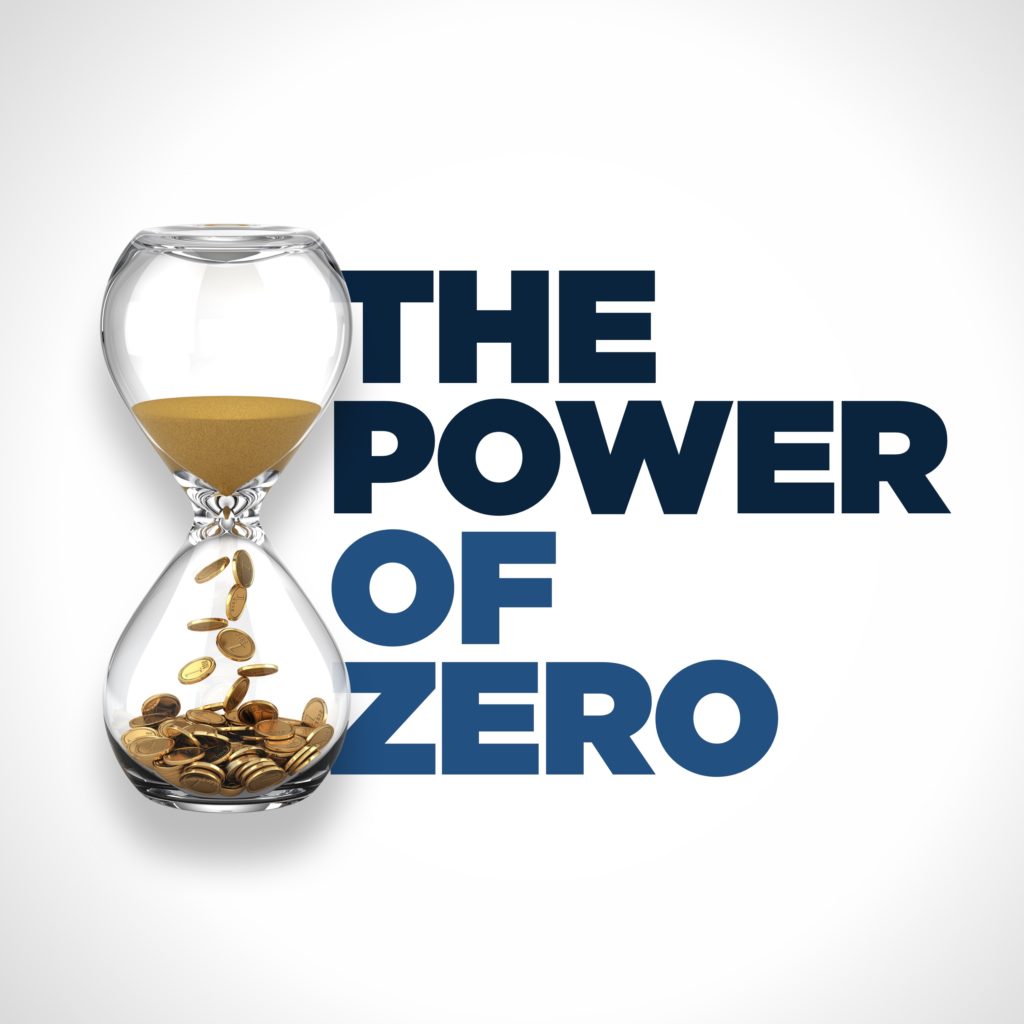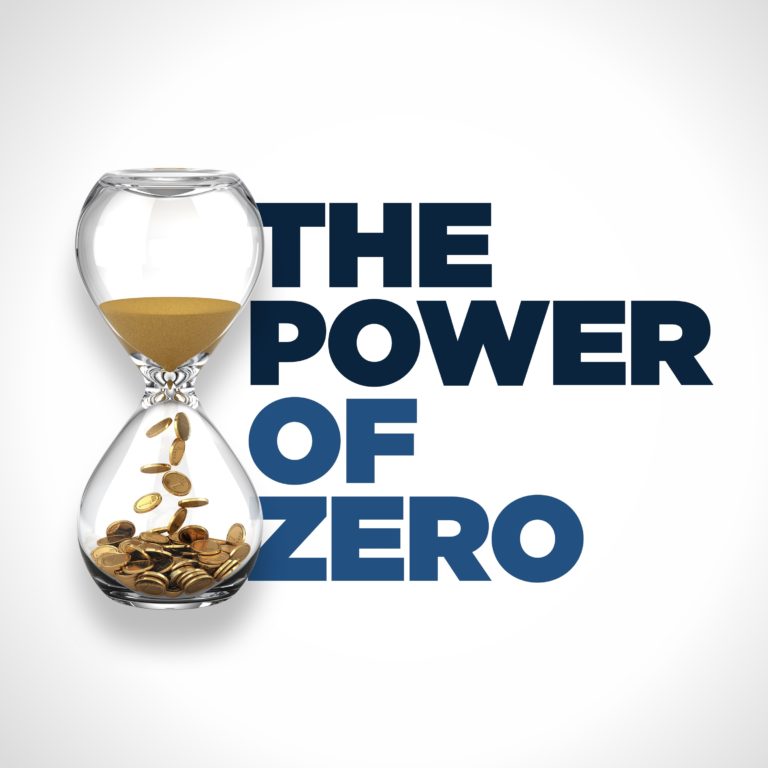David has written a number of books on the Power of Zero paradigm for retirement and still does about 90 speaking engagements each year. He also runs a program with around 250 advisors that help him espouse the Power of Zero worldview.
The basic premise of the Power of Zero is that due to the fiscal irresponsibility of the US, tax rates will have to rise dramatically over the next few years just to keep the country solvent. Combine that situation with a skyrocketing national debt and unfunded liabilities and there are massive implications for a generation that has the majority of their retirement money in the tax-deferred bucket.
If you can situate your retirement assets such that in retirement you are in the zero percent tax bracket then you have effectively insulated yourself from the impact of higher taxes. If you’re in the zero percent tax bracket and tax rates double, two times zero is still zero.
Conventional wisdom says that you will be in a lower tax bracket in retirement than during your working years, and that made sense in the 70’s but it doesn’t hold true for the current situation. What he found was that a lot of the deductions you enjoy when you’re working disappear once you retire and many people end up in a higher tax bracket instead.
We know that the current tax rates expire on Jan 1, 2026 and they will return to what they were in 2017, but the real danger is what will happen to tax rates in 2028, 2030, and beyond.
We are moving into a future where the debt we are taking on will be unsustainable and we will either default on the debt or raise taxes. It will be challenging but there are ways for people to insulate themselves from these dire repercussions.
Most people believe that tax rates will be higher in the future, but they still have the majority of their retirement portfolio in the tax-deferred bucket. This means there is a disconnect between what people believe and how they act because of the inertia of traditional wisdom.
Like the average person, the federal government has trouble delaying gratification. We do a lot of things as a country that help us scratch our itch in the short term but that has a lot of adverse repercussions over time. This is a problem that pervades every single part of government and society, but there are things we can do to forestall these eventualities.
There isn’t an official zero percent tax bracket, but it is possible to not pay tax in retirement by positioning your money in the right amounts in the right accounts. David’s second favorite tax bracket is the 24% tax bracket because it doesn’t “cost” as much.
If you’re in the 22% tax bracket, increasing your taxes by 2% will give you an additional $150,000 in shifting capacity to get more of your money into the tax-free bucket before tax rates go up for good. There is a right amount of money to shift each year that doesn’t push you up into a higher tax bracket but allows you to complete all the shifting before 2026.
The Roth conversion is the workhorse that allows you to shift your money to the tax-free bucket.
The Power of Zero strategy is not hard to implement. Roth conversions are relatively easy to do, in terms of not having to liquidate assets. You just have to be willing and able to pay the taxes from some other source.
When you figure out your taxable income, you figure out what your highest marginal tax bracket is. David breaks down the basic process of a Roth conversion and why you should pay your tax at the time of the transfer.
Your taxable bucket is your least efficient bucket. You know you have a taxable investment if you receive a 1099 form from your financial institution. This isn’t good because when you amortize those efficiencies over a lifetime, it can cost you hundreds of thousands of dollars.
Shift money from your tax-deferred bucket to your tax-free bucket by using money from your least efficient bucket. In the act of paying taxes on our Roth conversion out of our taxable bucket, we are reducing our least efficient bucket and maximizing our most efficient bucket.
Study the tax brackets and the fiscal condition of the country. Let’s not invest our money in a reflexive sort of way, let’s be more cognizant of the fiscal condition of the country and make investment decisions accordingly.



